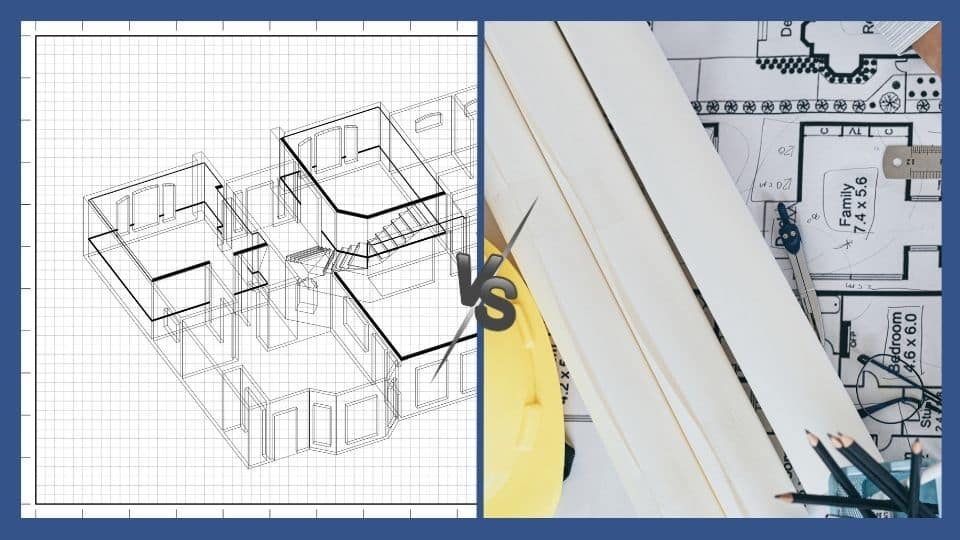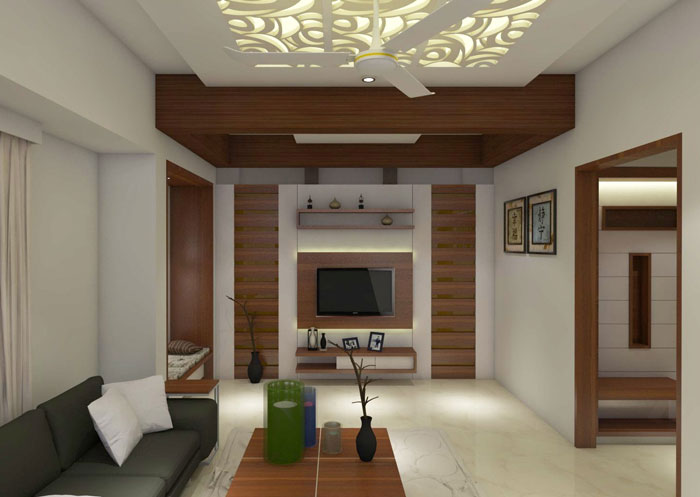The Art of Balance: Exactly How Interior Design and Home Architect Collaborate for Stunning Results
In the realm of home layout, striking an equilibrium between aesthetics and functionality is no little task. This fragile stability is accomplished with the unified collaboration between interior developers and architects, each bringing their distinct expertise to the table. The result? Areas that are not only visually sensational yet also incredibly habitable. Nevertheless, this best mix is not constantly simple to obtain. Keep with us as we discover the ins and outs of this joint procedure and its transformative influence on home style.
Understanding the Core Differences In Between Interior Layout and Home Design
While both interior layout and home architecture play crucial roles in producing cosmetically pleasing and practical spaces, they are naturally different techniques. It deals with the 'bones' of the structure, working with spatial measurements, load-bearing wall surfaces, and roofing system layouts. On the various other hand, interior style is a lot more concerned with enhancing the sensory and visual experience within that structure.
The Synergy In Between Home Style and Interior Design
The synergy between home design and Interior Design exists in a shared vision of design and the enhancement of practical visual appeals. When these 2 fields align harmoniously, they can change a living room from ordinary to phenomenal. This collaboration needs a much deeper understanding of each technique's concepts and the capacity to develop a natural, cosmetically pleasing environment.
Unifying Style Vision
Merging the vision for home style and Interior Design can develop an unified home that is both useful and visually pleasing. The equilibrium begins with an integrated attitude; engineers and indoor developers work together, each bringing their competence. This unison of concepts creates the style vision, a plan that overviews the project. This shared vision is vital for uniformity throughout the home, guaranteeing a fluid shift from exterior architecture to indoor rooms. It advertises a synergistic method where architectural elements enhance Interior Design components and vice versa. The result is a natural living area that shows the property owner's taste, individuality, and way of life. Thus, unifying the layout vision is crucial in blending style and Interior Design for stunning outcomes.
Enhancing Functional Visual Appeals
Exactly how does the synergy between home style and Interior Design improve functional looks? This harmony makes it possible for the development of rooms that are not only aesthetically enticing however additionally comfortably usable. Designers prepared with their structural style, making certain that the space is functional and reliable. The indoor designer then matches this with meticulously chosen aspects that boost the aesthetic appeals without endangering the functionality. This harmonious partnership can lead to homes that are both liveable and lovely. An engineer could design a house with large windows and high ceilings. The indoor developer can after that emphasize these attributes with high plants and large drapes, respectively, hence enhancing the aesthetic appeal while preserving the functional advantages of all-natural light and space.
Value of Collaboration in Creating Balanced Spaces
The cooperation in between indoor designers and architects is crucial in creating well balanced areas. It brings harmony in between design and design, bring to life rooms that are not only cosmetically pleasing however also practical. Exploring effective collaborative methods can provide understandings into just how this synergy can be effectively accomplished.
Integrating Style and Style
Balance, a crucial facet of both Interior Design and style, can only genuinely be achieved when these two areas operate in consistency. This harmony is not simply a visual consideration; it impacts the capability, resilience, and inevitably, the livability of a space. Interior developers and engineers have to comprehend each other's duties, respect their proficiency, and connect efficiently. They have to consider the interplay of architectural aspects with style, the flow of areas, and the influence of light and shade. This joint process causes a cohesive, balanced design where every aspect adds and has an objective to the total visual. Integrating layout and architecture is not simply concerning developing beautiful rooms, yet concerning crafting rooms that function seamlessly for their inhabitants.
Successful Joint Methods

Case Researches: Effective Combination of Design and Architecture
Checking out a number of case researches, it emerges exactly how the successful integration of Interior Design and architecture can change an area. The Glass Residence in Connecticut, renowned for blog here its minimalistic sophistication, is one such example. Engineer Philip Johnson and interior developer Mies van der Rohe worked together to develop a harmonious equilibrium between the interior and the structure, resulting in a seamless circulation from the exterior landscape to the internal living quarters. Another exemplar is the Fallingwater Residence in Pennsylvania. Architect Frank Lloyd Wright and indoor designer Edgar Kaufmann Jr.'s collective initiatives result in an amazingly distinct residence that mixes with its natural environments. These case researches underline the extensive influence of a successful style and style collaboration.

Getting Rid Of Challenges in Layout and Design Collaboration
Regardless of the undeniable benefits of a successful collaboration between interior style and design, it is not without its difficulties. Designers might focus on structural integrity and security, while designers focus on comfort and style. Effective communication, mutual understanding, and compromise are essential to get rid of these challenges and achieve a effective and unified cooperation.

Future Fads: The Developing Partnership Between Home Architects and Inside Designers
As the globe of home layout proceeds to advance, so does the partnership in between engineers and indoor designers. On the other hand, interior developers are accepting technological facets, influencing overall design and functionality. The future promises a more natural, cutting-edge, and flexible technique to home layout, as designers and developers continue to obscure the lines, fostering a relationship that genuinely personifies the art of balance.
Conclusion
The art of equilibrium in home design is attained with the unified partnership in between interior designers and architects. In spite of challenges, this collaboration cultivates growth click here to read and innovation in style.
While both indoor design and home style play important duties in creating aesthetically pleasing and useful spaces, they are inherently various disciplines.The harmony in between home architecture and interior layout lies in a shared vision of style and the enhancement of functional aesthetics.Merging the vision for home style and interior style can develop an unified living space that is both practical and cosmetically pleasing. Thus, unifying the layout vision is important in mixing architecture and interior style for sensational outcomes.
How does the synergy between home design and indoor layout enhance functional aesthetic appeals? (Winchester architect)